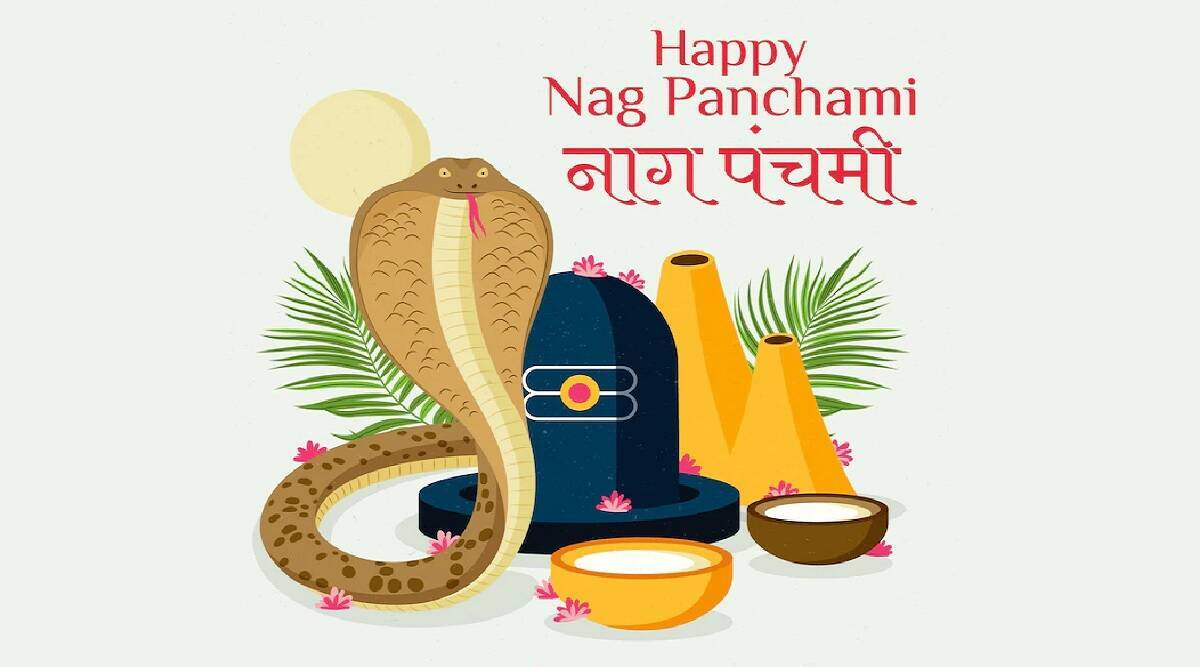Nag Panchami, a festival honoring the Hindu serpent God Shesha Nag, is observed throughout
India. Marathi people celebrate Nagpanchami with remarkable vigor and enthusiasm during the
monsoon season. Nag Panchami is one of the most fortunate ceremonies that are held every
year as Hindus honor the forces of nature. The purpose of Nagpanchami is to calm down
aggressive snakes and deter them from endangering people during the rainy seasons when the
rain and floods compel the snakes to emerge from their hiding places. On this day, milk is
offered to cobras and other snakes, and they are worshipped by being fed milk, having lamps lit,
having flowers placed in front of temples, and receiving sacrifices and sweets.
Numerous Hindu texts make reference to the serpent god. Vasuki, the serpent of Lord Shiva, is
referenced in numerous texts as having been crucial to the Samudra Manthan, or the drama
involving the churning of nectar from the ocean.
In another story, a poisonous snake was discovered contaminating the Yamuna river’s water. It
worried the Brijwasis (people living in Brij, now in Uttar Pradesh). Krishna (a manifestation of
Lord Vishnu) vanquished the snake and made it return the poison from the river, relieving their
misery. Krishna then gave the blessing that everyone who prayed and offered milk to the snake
god would be shielded from evil
What Rituals are followed during Naag Panchami?
The primary ritual during Nag Panchami is milk offerings to the snake god. People have the view
that making offerings to the Nag Devta on this day shields their families from harm. To
commemorate this day, many people fast and donate food to the needy. Some believers also
craft clay snake statues at home. Near snake tunnels or burrows, flowers and milk are placed as
offerings to the idols. Rangoli is used to decorate homes on Nag Panchami
When is Naag Panchami in 2022?
This year Naag Panchami is celebrated on August 2, 2022







Leave a reply